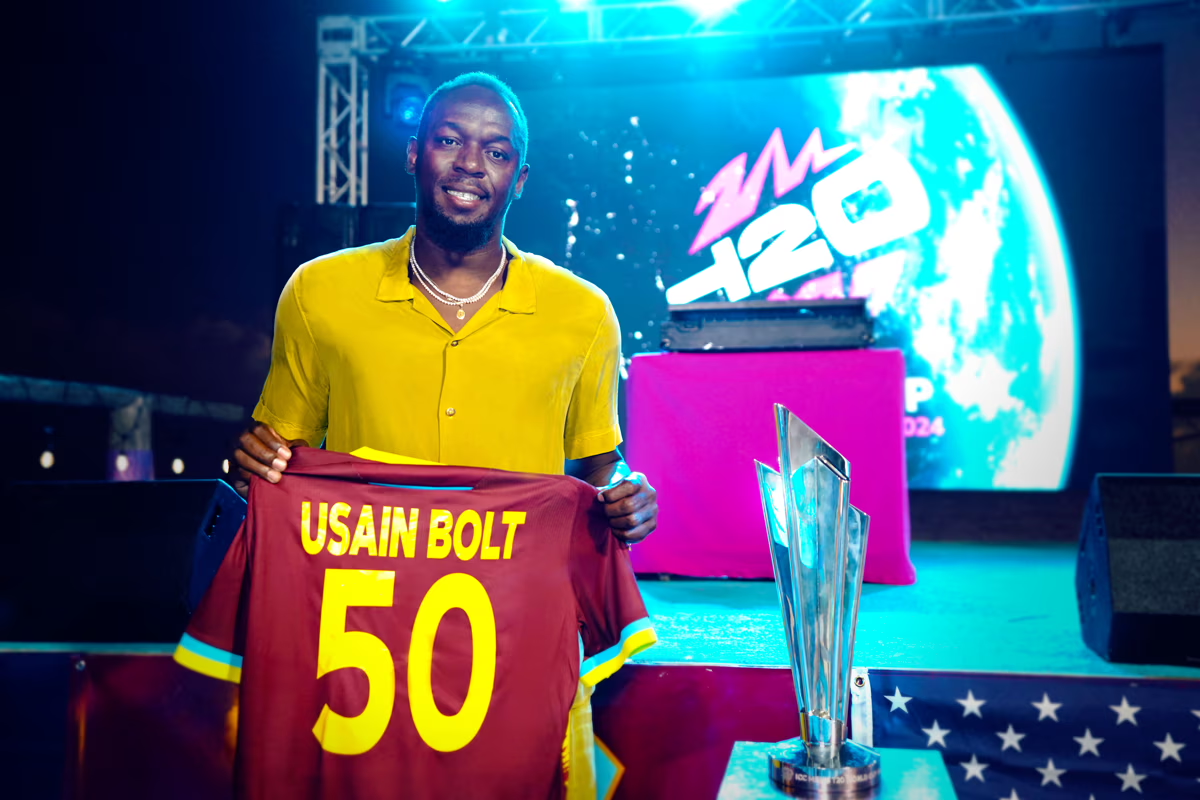Each of ExxonMobil’s projects in the Stabroek Block offshore Guyana is covered by US$600 million in “per occurrence” insurance coverage, something which the oil company had to provide upfront.
This was explained by the Head of the Environmental Protection Agency (EPA), Kemraj Parsram, in an interview with this publication. Parsram explained that this “per occurrence” insurance covers all exploration and drilling done by Exxon affiliate Esso Exploration and Production Guyana Limited (EEPGL).
“Where oil spills are concerned, the insurance covers. During exploration, this covers third-party liability and what you call operator extra expenses. Third-party liabilities cover any claims, compensations, or damages, for any third party. Operator expenses cover well control, clean-ups, contamination, pollution and so on.”
“So, for these things, the amount is US$100 million for third party and US$500 million for (Operator Expenses). So, US$600 million in total. For every drilling campaign, they provide to us coverage of US$600 million for each of the projects,” he said.
Parsram further explained that there is another amount, called Construction All Risk (CAR), that was in place during the start-up of the Liza Unity Floating Production Storage and Offloading (FPSO) vessel that is being used in the Liza Phase 2 development.
“When they were constructing for Liza 2, they had what was called Construction All Risk. That is for damages to the FPSO, to the equipment, the risers, the wells and all these different things. But those things don’t really deal with oil spills. That is for the company to recover its costs for damages,” he said.
Besides the aforementioned forms of insurance, EEPGL also has self-insurance in place to the tune of US$5 billion. These are essentially EEPGL’s assets. The EPA is also negotiating a parent guarantee agreement to the tune of US$2 billion, although the regulator is pushing for this sum to be considered negotiable in the event that reasonable credible costs for responding to an oil spill exceed this amount.
It has previously been pointed out by the company that EEPGL was established in 1998, and had, as of year-end 2020, approximately US$5 billion in assets. These assets are considered a primary form of financial assurance and are separate from the assets of the other Stabroek Block co-venturers. In fact, Exxon noted that these other co-venturers also have substantial assets and share any liability for response activities.
The company had also noted that in Guyana, they adhere to an internationally accepted, tiered response system used to determine the requirements of response personnel and equipment in the case of an oil spill.
This system, they had noted, is aligned with the principles of the International Convention on Oil Pollution Preparedness, Response and Cooperation (OPRC), the Caribbean Island Oil Pollution Preparedness Response and Cooperation and the National Oil Spill Response Plan of Guyana that was implemented in 2021. All of this combines to provide an efficient framework to build preparedness and response capabilities matching the oil spill risks from any of its operations.
























